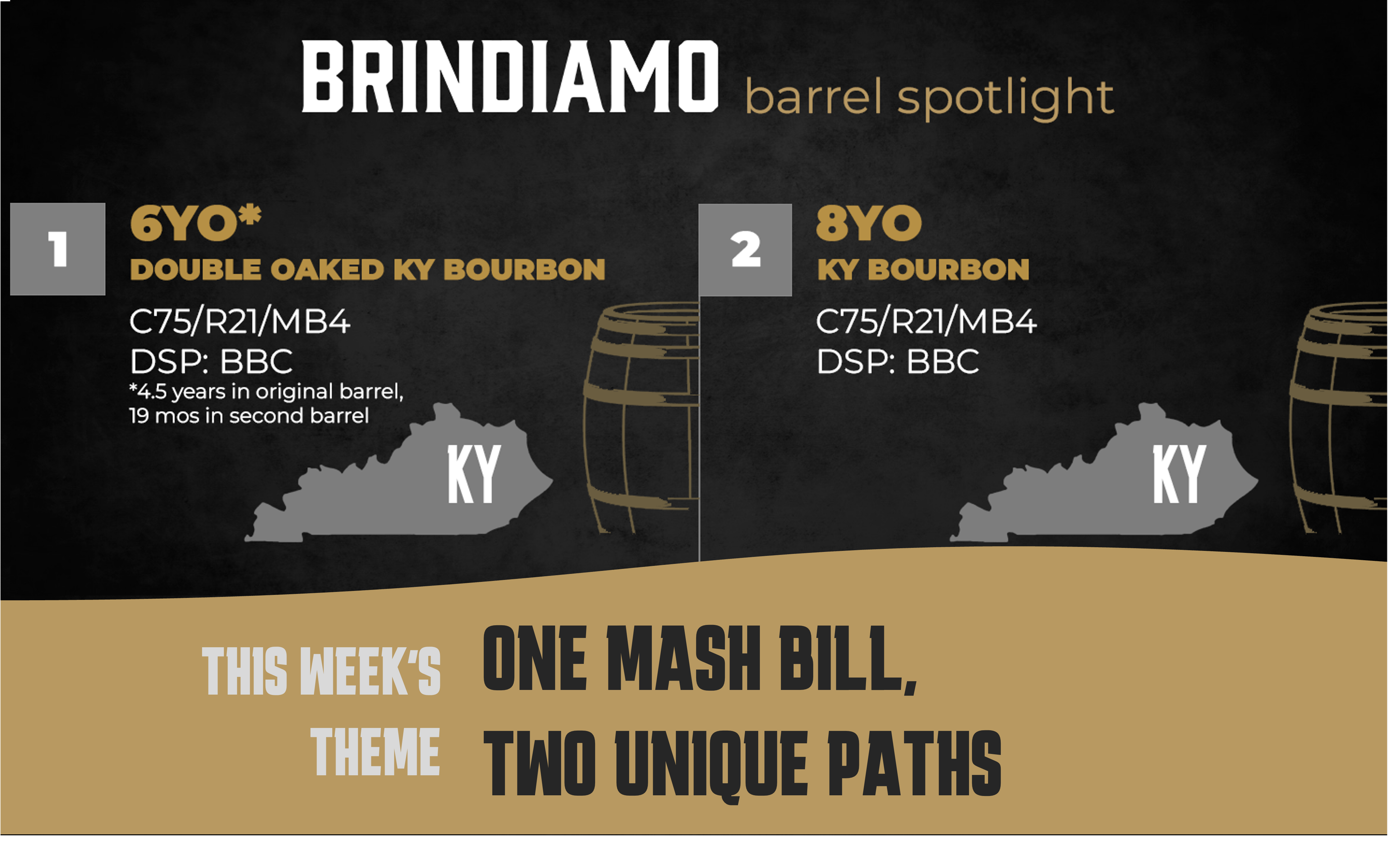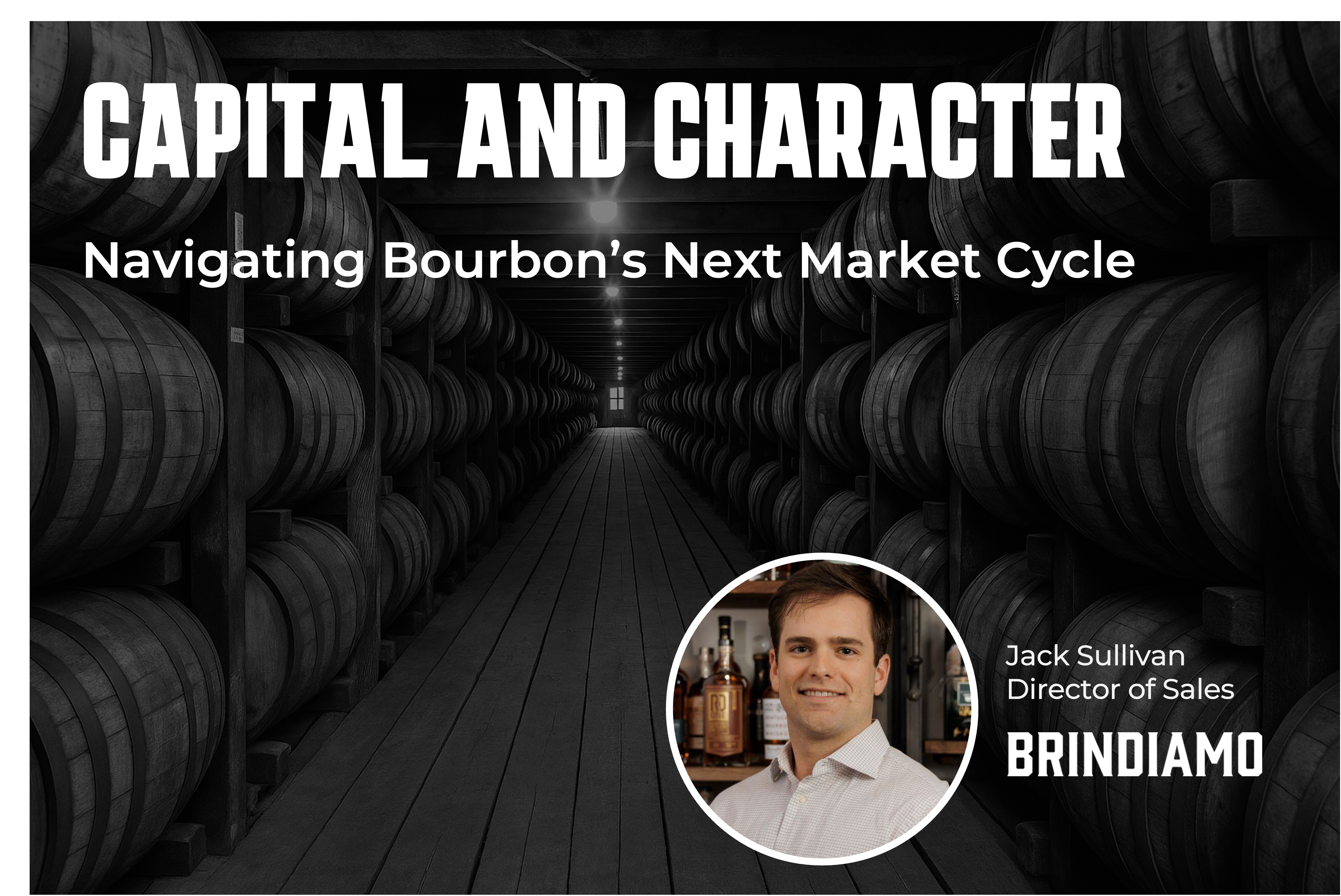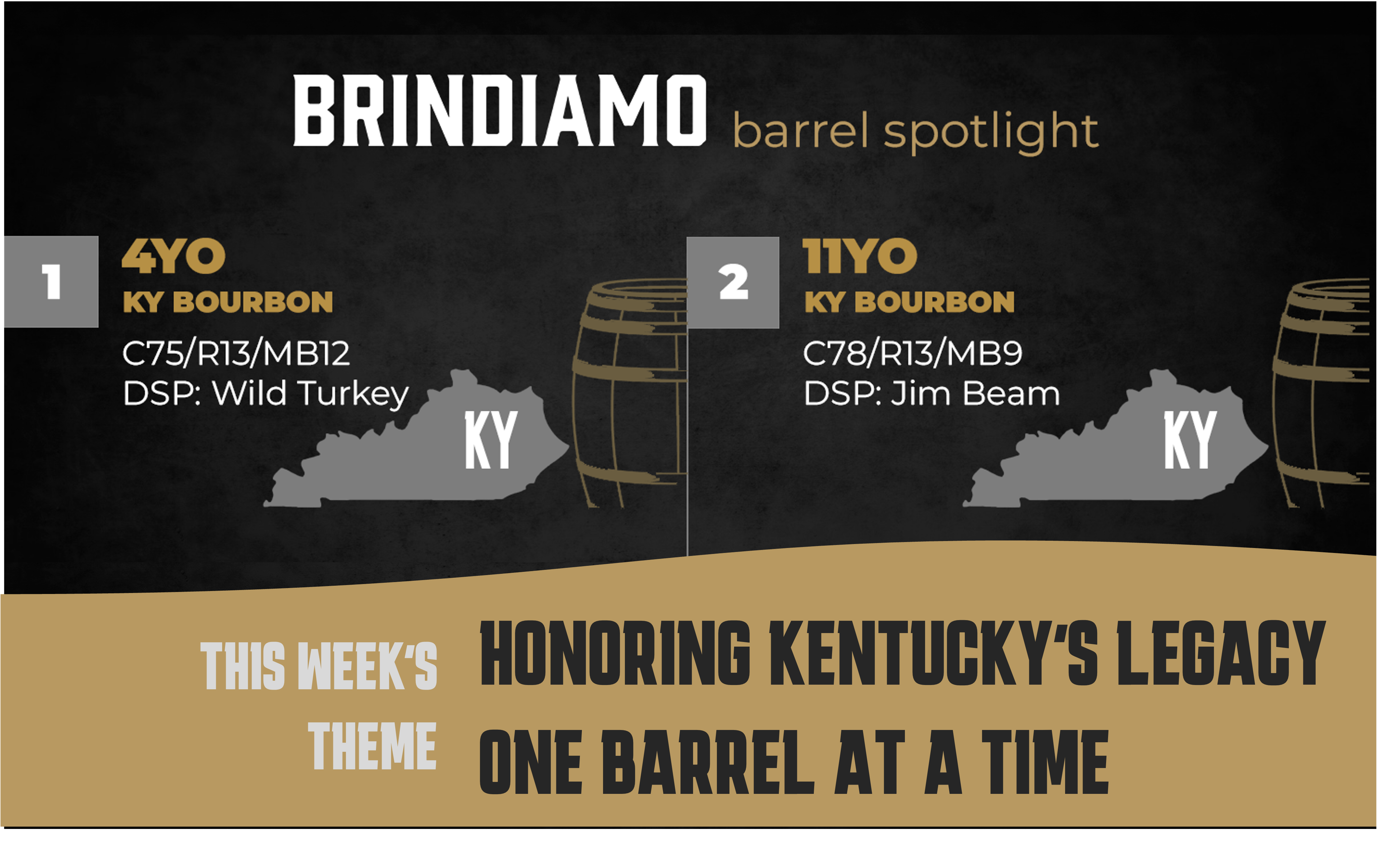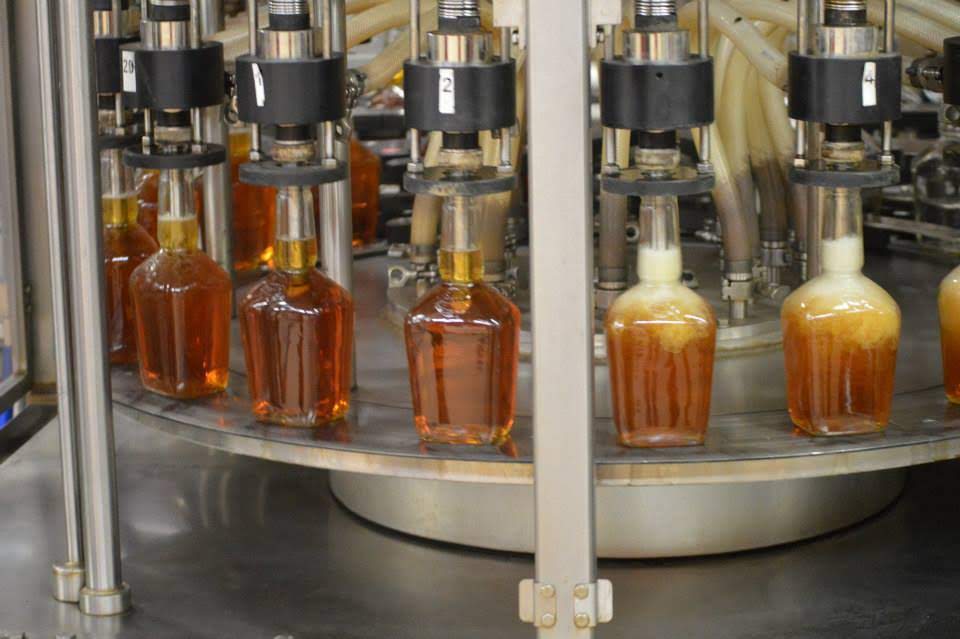Barrel Spotlight: One Mash Bill, Two Unique Paths
Welcome back to the Brindiamo Barrel Spotlight, our weekly email series highlighting the barrels, distilleries, and market dynamics shaping today’s...
.png)
Initially documented and beautifully referred to as the "water of life" in a 1405 Irish Gaelic manuscript, Irish whiskey has undeniably proven its resilience from its origins in the 12th century to the present day. Despite facing challenges along the way, its journey has been a remarkable one.
One charming legend in the rich history of Irish whiskey tells the story of monks being the first to share this spirit with the world. But this is just one of the many fascinating facts and enchanting tales that make up the colorful history of Irish whiskey.
Brindiamo Group recognizes the challenges you may be facing when looking to invest in the whiskey industry. Learn more about our services, including alternative investing and consulting, mergers and acquisitions, and more.
As the word “water of life” began to spread, the Irish sought to protect their home brew – especially from the British – by merely speaking of it and not documenting it in writing. For similar reasons, Irish whiskey was distilled and produced primarily in the countryside.
As the popularity of whiskey distilling grew in the late 17th century in both Ireland and Britain, England’s Parliament saw an opportunity to profit through taxation. Unsurprisingly, this did little to slow down production. The result? Poitín (also known as poteen or potcheen), the Irish whiskey distilled illegally in small pots, which is now recognized as a traditional Irish beverage, akin to Irish moonshine.
The 1700s marked the time when Ireland’s oldest licensed distilleries, Bushmills and Kilbeggan, came on the scene and further distinguished legitimate Irish whiskey from illegal whiskey.
But it was the 1785 Malt Tax that some say really proved to be the turning point for Irish whiskey.
The pot-still Irish Whiskey we know and cherish today originated from a clever act of defiance. With the Malt Tax targeting the taxed malted barley used in whiskey production, Irish distillers opted for an innovative method that incorporated more unmalted grains. This technique, already known for enhancing the flavor and texture of the whiskey, gained popularity among distillers as a way to adapt to the tax regulations and create unique mash bills.
By the mid-1800s, Ireland was the epicenter of the whiskey world. Shortly after, and just before the turn of the century, Irish whiskey gained such an extensive reputation overseas that its sales surpassed Scotch, and it was the most widely-consumed whiskey in the United States.
After a series of events, including the Irish War of Independence and American Prohibition, the Irish whiskey industry started to dwindle in the early years of the 20th century. Distillers quickly found themselves grappling with the loss of their export market almost overnight, in addition to contending with increased competition domestically as numerous distilleries shuttered due to economic downturns and burdensome taxation. An Irish temperance movement, which had been gaining momentum since the 19th century, also took a toll on whiskey consumption.
In stark contrast to Irish whiskey production in the 19th century, by the 1960s, there were only a few Irish whiskey distillers still in operation. John Jameson, Powers, and Cork Distilleries merged to form Irish Distillers and aligned their business efforts with Bushmills. By 1972, only Irish Distillers and Bushmills remained.
How did Irish whiskey make its remarkable comeback, you might ask? Well, thanks to the efforts of John Teeling, the Colley Distillery emerged in 1987 to shake up the Irish whiskey scene. Teeling also went on to breathe new life into the historic Kilbeggan Distillery in 2010. Then, in 1988, global spirit investor Pernod Ricard began to truly stoke the fire for Irish whiskey. Pernod Ricard acquired Irish Distillers and poured immense effort into marketing Irish whiskey, and especially the Jameson brand, to the world.
The Irish whiskey industry toiled for three more decades before seeing the fruit of its labor.
Today, Irish whiskey is the fastest-growing spirit category globally. In the U.S., Irish whiskey recorded $1 billion in sales for the first time in 2018 and is expected to surpass Scotch sales by 2030.
Even during the COVID-19 pandemic, global Irish whiskey sales reached an all-time high in 2020, with 144 million bottles sold. Then, in 2021, Irish whiskey sales went on to total 14 million cases, nearly triple the cases sold in 2010. And with exports steadily increasing 15% or more every year, new and established Irish distilleries have jumped at the chance to meet the resurging demand.
Despite facing challenges, the Irish whiskey industry continues to thrive and is showing no signs of slowing down!

Welcome back to the Brindiamo Barrel Spotlight, our weekly email series highlighting the barrels, distilleries, and market dynamics shaping today’s...

The market for bourbon barrels is bifurcated. Over the course of the last 24 months, the conversation has shifted from how to find whiskey to how to...

Welcome to the Brindiamo Barrel Spotlight, our weekly series celebrating the barrels, distilleries, and market dynamics shaping today’s whiskey...
.png)
Brindiamo Group President and CFO Jeff Steinberg announced that the company has been slowly building up its resources in Ireland and now has...

Whiskey demand is growing around the world, but how it’s getting into the hands of new drinkers is evolving. At Brindiamo, we travel...

The spirit of Irish whiskey was on full display at the World Whiskies Awards 2025 – Ireland, where industry pioneers, innovative distillers, and...
Join the conversation
Leave a comment below.